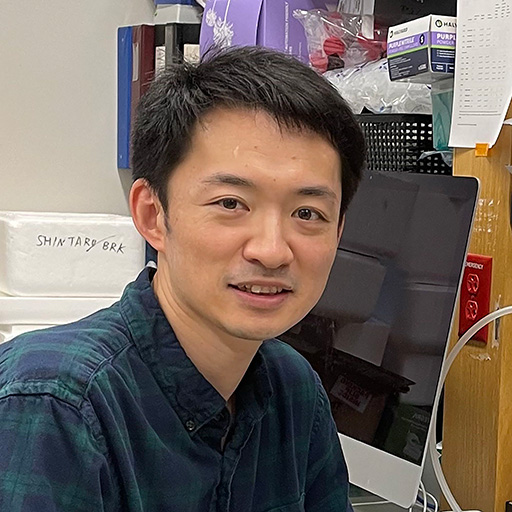Multipotential Stem Cells in the Neonatal Mammalian Eye
About the Research Project
Program
Award Type
Standard
Award Amount
$100,000
Active Dates
April 01, 2009 - March 31, 2012
Grant ID
M2009008
Goals
Adult lower vertebrates retain stem cells, show remarkable regenerative capacity, and can repair damaged retina. Higher vertebrates, including adult humans, have limited stem cell capacity and cannot significantly repair damaged retina and retinal pigmented epithelial (RPE) tissues. This results in increased susceptibility to retinal injury and diseases such as age-related macular degeneration (AMD). AMD involves both degeneration of photoreceptors and RPE, and we have identified a population of multipotential stem cells in the neonatal mouse eye, which we propose to test in cell transplant assays for their ability to replace damaged RPE and photoreceptors.
Summary
Lower vertebrates, including frogs, lizards, and fish, have remarkable regenerative capacity, including the ability to completely regenerate a damaged retina. This regenerative power is due to the retention of stem cells in adult tissues. By contrast, higher vertebrates lack a significant population of stem cells in the adult eye. This lack of functional stem cells means that humans are unable to repair damage caused by age-related macular degeneration (AMD), which destroys both photoreceptor cells in the retina and the retinal pigment epithelium (RPE) which is adjacent to the retina and required for photoreceptor survival. Effective therapeutic approaches to AMD must then be directed at the restoration of both photoreceptors and RPE. Thus, if stem cell transplants are to be used, the cells must be multipotential and able to generate both photoreceptors as well as RPE.
We have isolated a novel population of multipotential stem cells from the postnatal mouse retina that can differentiate into both photoreceptors and RPE, and we propose to begin assessing the potential of these cells to replace damaged photoreceptors and RPE in mouse models. But further, these stem cells express genes required for embryonic stem cell specification, suggesting that they may retain the ability to differentiate into multiple tissues like embryonic stem cells. Indeed, we demonstrate that the cells can differentiate to produce insulin and cardiac cells. Thus, in the future, this novel population of eye stem cells may represent a postnatal source of cell lineages beyond those in the eye.
Progress Updates
We are continuing our studies of stem cells in the eye and their ability to differentiate (change) into retinal cell lineages. In addition, we have discovered that we can effectively generate induced pluripotent stem (iPS) cells from skin fibroblasts using a novel cell culture technique, which does not require viral expression of stem cell genes (that can sometimes be associated with cancer risk). iPS cells are “adult” cells (in this case skin fibroblasts) reprogrammed to be more like embryonic stem cells by being forced to express proteins important for maintaining the “stemness” qualities, including the ability to change into other types of desired cells. We have been able in culture to differentiate these cells into various retinal lineages, suggesting their potential therapeutic use for replacing cells lost in various eye diseases, including macular degeneration. Together, we now have multiple potential sources for generation of retinal cell lineages.
Related Grants
Macular Degeneration Research
A Novel Implantable Device to Treat Wet Macular Degeneration
Active Dates
July 01, 2025 - June 30, 2028

Principal Investigator
Charles DeBoer, MD, PhD
Current Organization
Stanford University
Macular Degeneration Research
New Drug Delivery Approach to Transform Macular Degeneration Treatment
Active Dates
July 01, 2025 - June 30, 2028

Principal Investigator
Daisy Shu, PhD
Current Organization
University of New South Wales
Macular Degeneration Research
The Development of a Transplant-Independent Therapy for RPE Dysfunction
Active Dates
July 01, 2024 - June 30, 2026

Principal Investigator
Shintaro Shirahama, MD, PhD
Current Organization
Schepens Eye Research Institute of Massachusetts Eye and Ear



